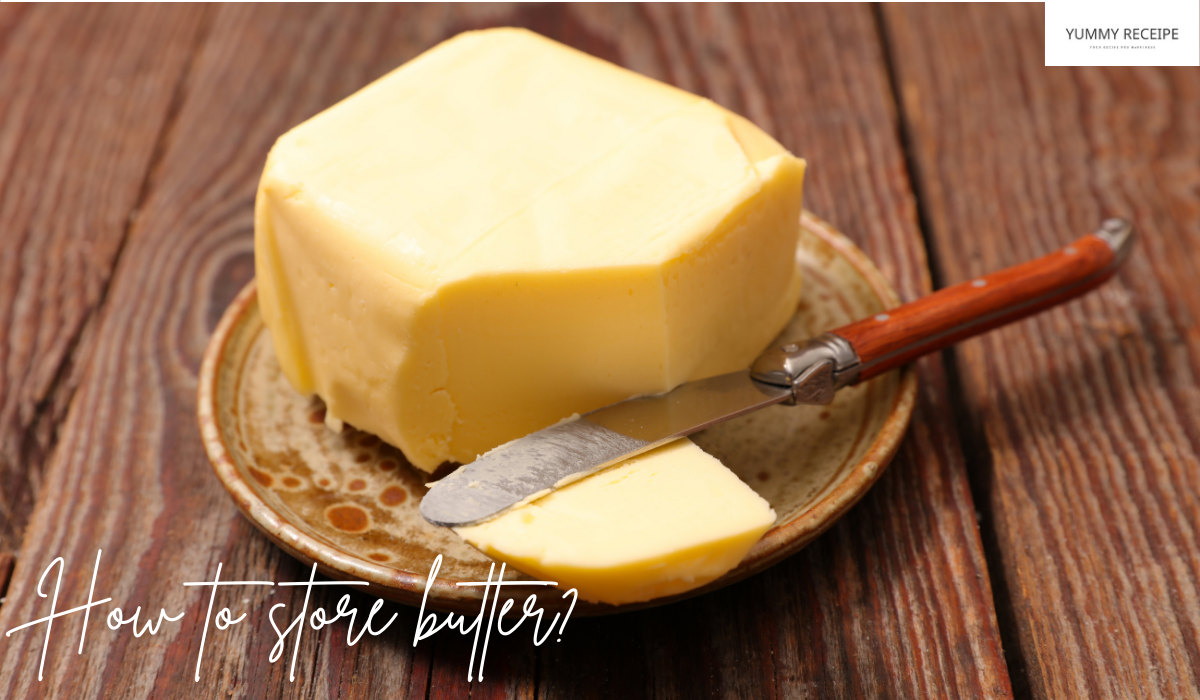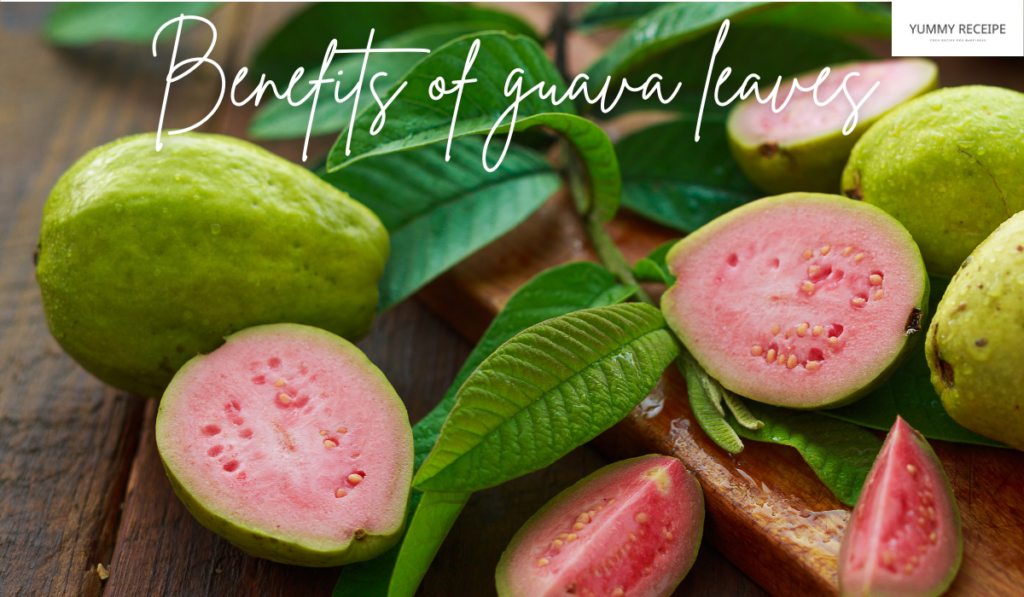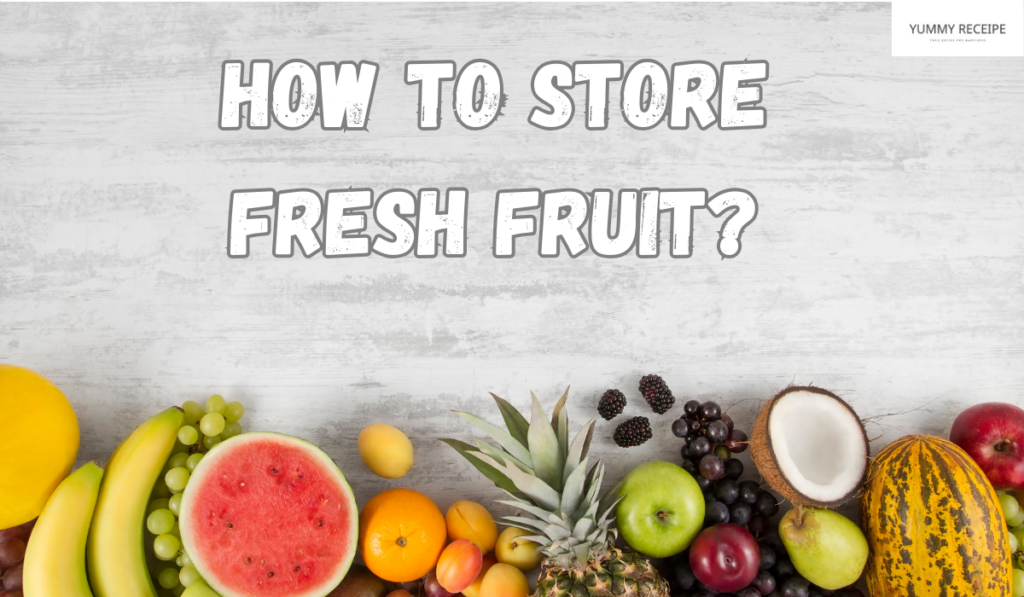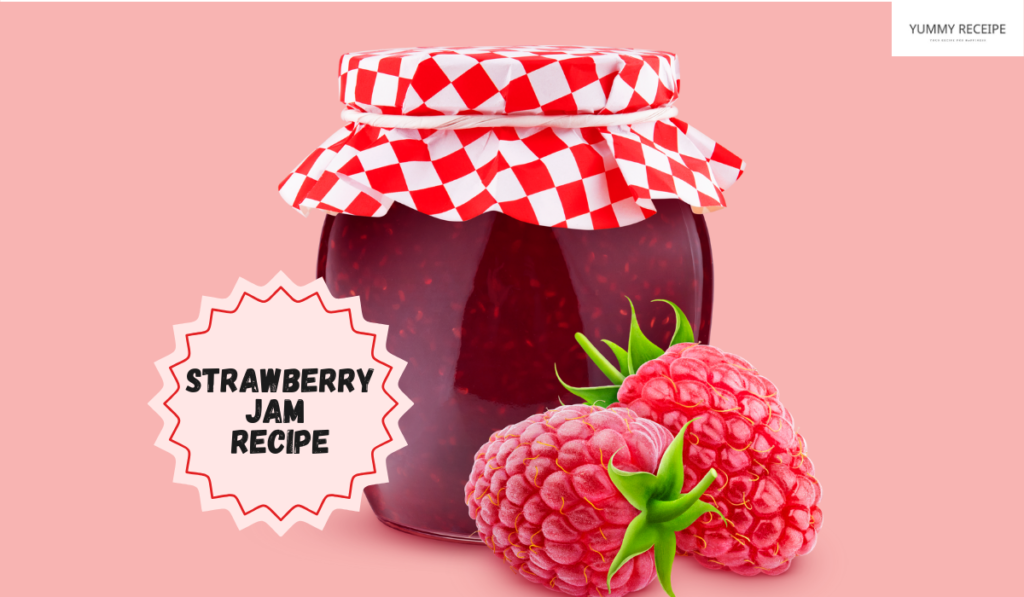Butter is a staple ingredient in many kitchens worldwide, thanks to its rich texture and distinctive flavor. Whether used in baking or cooking, properly storing butter is essential to maintain its quality and flavor and prevent spoilage. In this article, we present how to store butter using easy methods to keep it fresh for longer.
How to store butter?
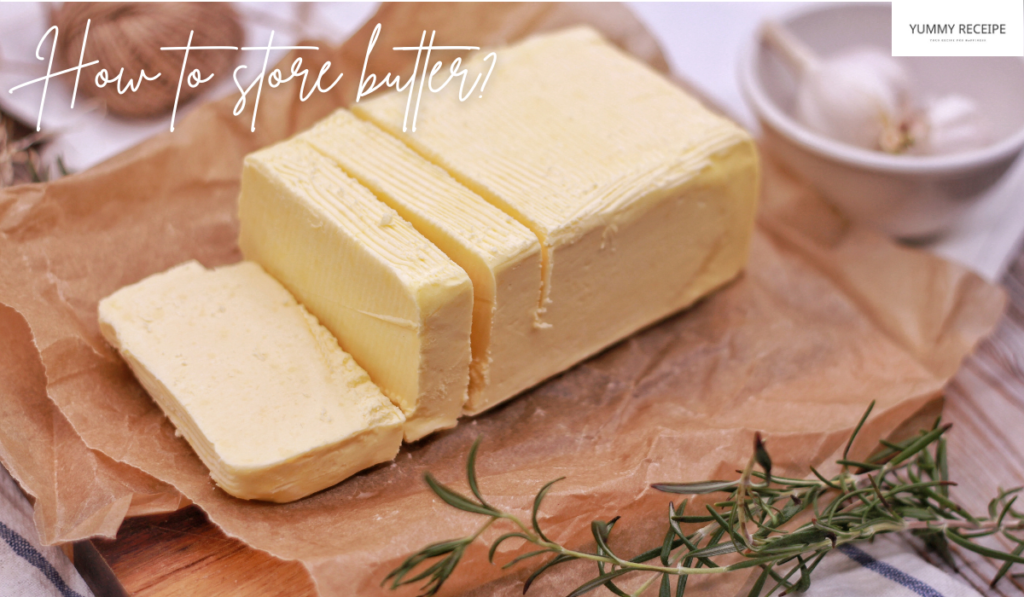
To store butter properly and preserve it for as long as possible, follow these tips:
- It is appropriate to keep a small amount at room temperature if you use butter daily for cooking or baking. Store it in an airtight container or a special butter dish to prevent exposure to air.
- It is better to store butter in the refrigerator to prevent bacterial growth and preserve its texture and flavor for a longer time. Keep it in its original packaging or wrap it in wax paper or aluminum foil to prevent it from absorbing odors from other foods.
- If you want to store butter for an extended period after purchasing a large quantity, freeze it by dividing it into small portions based on your future needs. Wrap each piece in wax paper or plastic wrap, then place it in a sealed freezer bag or container. You can store it for up to six months without losing its quality.
- If you use unsalted butter, make sure to consume it quickly as it spoils faster than salted butter.
- Avoid leaving butter uncovered, as it can easily absorb unwanted odors. Always check the expiration date on the package before use.
Store butter | Benefits of butter
Butter is a natural nutritional treasure for better health. Here are its main benefits:
- Butter is a natural source of many essential vitamins, including Vitamin A, which supports eye, skin, and immune system health; Vitamin D, which enhances calcium and phosphorus absorption for bone health; and Vitamin K2, which helps improve heart and bone health by regulating calcium in the body.
- It contains saturated fats, which are not harmful when consumed in moderation. These fats are essential for the body as they help absorb fat-soluble vitamins like Vitamins A, D, E, and K. They also contribute to raising good cholestero levels in the body, which benefits heart health.
- Rich in Vitamin A and essential fatty acids, butter supports skin and hair health. These elements help moisturize the skin, reduce the appearance of wrinkles, and enhance hair softness and shine.
- Butter contains a compound called butyrate, a short-chain fatty acid that plays an important role in digestive health. It helps improve gut lining, reduce inflammation associated with digestive diseases such as irritable bowel syndrome, and support the growth of beneficial gut bacteria.
- The saturated fats in butter are vital for brain health as they enhance cognitive functions, improve mood, and protect nerve cells from damage.
- Consuming butter can help boost the body’s natural immunity due to compounds like lauric acid, which has antibacterial and antiviral properties.
- Butter contains medium-chain triglycerides (MCTs), a type of fat that is quickly digested by the body and provides instant energy.
- The butyrate in butter has anti-inflammatory properties, helping to reduce chronic inflammation that may lead to diseases like diabetes and heart disease.
- Butter contains calcium and Vitamin K2, both essential for bone health. Vitamin K2, in particular, helps transport calcium from arteries to bones, improving bone density and reducing the risk of fractures.
READ MORE
Recipes using butter
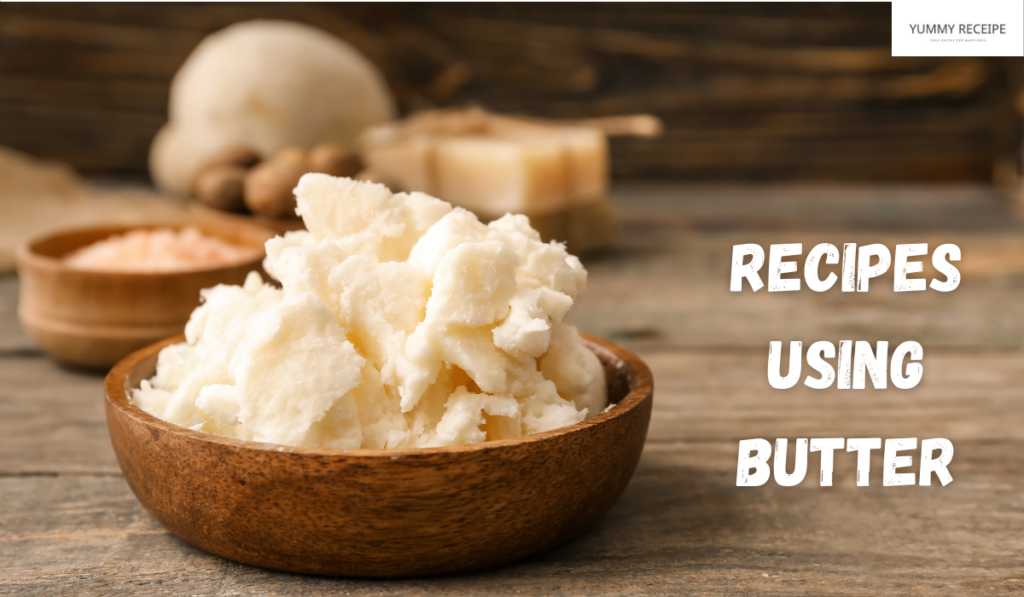
Butter can be used to prepare a variety of dishes, including:
Butter garlic chicken
Heat butter in a large skillet over medium heat, season chicken breasts with salt and pepper, and cook until done on both sides. Add minced garlic, stir for a minute, then pour lemon juice over the chicken and let it cook for another minute. Serve with chopped parsley.
Butter rice
This delicious recipe involves melting butter in a pot, adding rice, and stirring until fully coated. Add chicken broth, salt, and pepper, then bring it to a boil. Reduce heat, cover, and let it cook until the rice is tender. Serve as a side dish with chicken or meat.
Mashed potatoes
Boil potatoes until soft, then mash them. Add butter and milk, mixing until smooth. Season with salt and pepper and serve as a side dish.
Garlic butter bread
Mix butter with garlic and parsley, spread it on slices of bread, and toast them in a preheated oven until golden brown.
Sponge butter cake
Prepare this recipe by beating butter and sugar until light and creamy. Add eggs one at a time while continuing to beat. Add vanilla, then alternate adding flour and baking powder with milk. Pour the mixture into a buttered cake pan and bake in a preheated oven at 180°C for 30 minutes.
Butter cookies
Beat butter and sugar until smooth and creamy, then add vanilla and salt. Gradually add flour until a soft dough forms. Shape the dough into small balls, place them on a baking tray, and flatten slightly with a fork. Bake in a preheated oven at 180°C for 10 minutes or until golden.
Buttercream frosting
Beat butter until creamy, gradually add powdered sugar while continuing to beat. Add milk and vanilla and mix until smooth. Use it to frost cakes or cupcakes.
Parmesan pasta
Boil and drain pasta, then melt butter in a skillet. Add the pasta and toss to coat. Sprinkle with Parmesan cheese and black pepper, then toss well.
Butter and sugar filled pastries
Roll out dough and spread it with butter, sprinkle brown sugar and cinnamon, then roll the dough and cut it into slices. Bake in a preheated oven until golden brown.
Now, you can store butter correctly and enjoy its perfect flavor and texture for longer. Always remember, the key to benefiting from butter lies in balance, moderation, and consuming it healthily.


